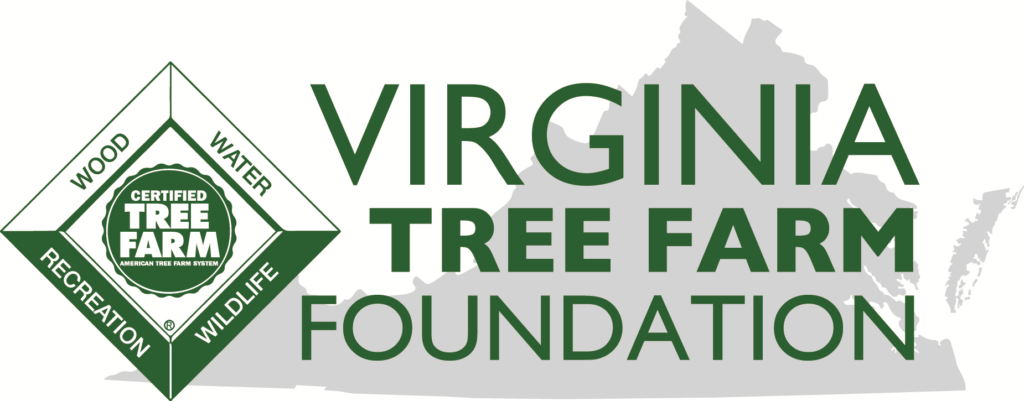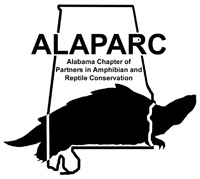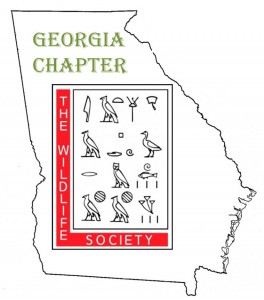Over the past few weeks we have all watched the rapidly evolving Coronavirus (COVID-19) pandemic. Like you, we have been overwhelmed with news reports, email notifications, and inquiries surrounding this situation. The health and safety of our staff, our customers and partners, and our collective families is the top priority of Southern Forestry Consultants (SFC), Wiregrass Ecological Associates (WEA), and Southern Forestry Realty (SFR).
While we are not experts on this disease, we are professionals and scientists who focus on science and data-driven decisions. Therefore, we echo the recommendations of many of our colleagues and associates and encourage you to monitor the Centers for Disease Control and Prevention website for details and updates to navigate this rapidly changing landscape in our daily lives.
SFC, WEA, and SFR are prepared to navigate these challenging circumstances. Our efforts began internally almost a month ago when our executive leadership restricted business air travel and attendance at large group meetings, increased cleaning efforts in our offices, promoted remote work technologies, and discussed COVID-19 risk mitigation procedures with our staff. As you know, much of our work is in remote locations and allows us to enjoy the spring weather, but our staff does face challenges in the office, in our communities, and in caring for our families. We embraced emerging technologies years ago that now allows our staff to routinely utilize remote work environments, social distancing, and virtual meetings to provide nearly uninterrupted service to our customers and partners.
The forest products industry has been deemed an “Essential Critical Infrastructure Business” by the US Department of Homeland Security, so we anticipate that mills and support businesses will make every effort to remain fully functional. While our offices may be less full, we remain open and plan to provide you the same level of support and service you have come to expect. Please excuse us if we don’t shake your hand when we see you or rely more on phone calls than in-person meetings with you over the next few months.
SFC and WEA will continue to monitor the conditions surrounding this event and adhere to the guidance of federal and state leadership. We will also evaluate any fiscal stimulus measures or changes that may impact your management decisions.
We recognize that during this time of social and fiscal uncertainty you may have many questions regarding your assets or work on your projects. Do not hesitate to call or email us as you normally would. The turbulent days ahead will not diminish our commitment to our trusted and valued clients, partners, and customers. We know you value the same principles of loyalty, community, and resilience that have built the SFC family of companies. Thank you for your patience and trust in the days ahead.
We wish you and your loved ones all the best!

Michael J. Dooner, President, Southern Forestry Consultants

Austin D. Carroll, President, Wiregrass Ecological Associates



 Following the destruction, all indications are that birds within these populations came through this catastrophic event in pretty good shape and had a successful nesting season this previous Spring. Other species impacted by the disaster include the Reticulated Flatwoods Salamander (RFS) and Gopher Tortoise, which typically reside in components of the same pine woodland homes as the RCW. While it is too early to tell what the long-term impacts will be for these species, we don’t expect any adverse impacts to gopher tortoises. However, several RFS breeding ponds were inundated with saltwater from the storm surge, which may have impacted the salamander breeding season. Mr. McGlincy is a long-time member, a TWS Certified Wildlife Biologist, and has served on numerous TWS committees, most recently the Editorial Advisory Board for the Wildlife Professional, a bi-monthly publication of TWS.
Following the destruction, all indications are that birds within these populations came through this catastrophic event in pretty good shape and had a successful nesting season this previous Spring. Other species impacted by the disaster include the Reticulated Flatwoods Salamander (RFS) and Gopher Tortoise, which typically reside in components of the same pine woodland homes as the RCW. While it is too early to tell what the long-term impacts will be for these species, we don’t expect any adverse impacts to gopher tortoises. However, several RFS breeding ponds were inundated with saltwater from the storm surge, which may have impacted the salamander breeding season. Mr. McGlincy is a long-time member, a TWS Certified Wildlife Biologist, and has served on numerous TWS committees, most recently the Editorial Advisory Board for the Wildlife Professional, a bi-monthly publication of TWS.